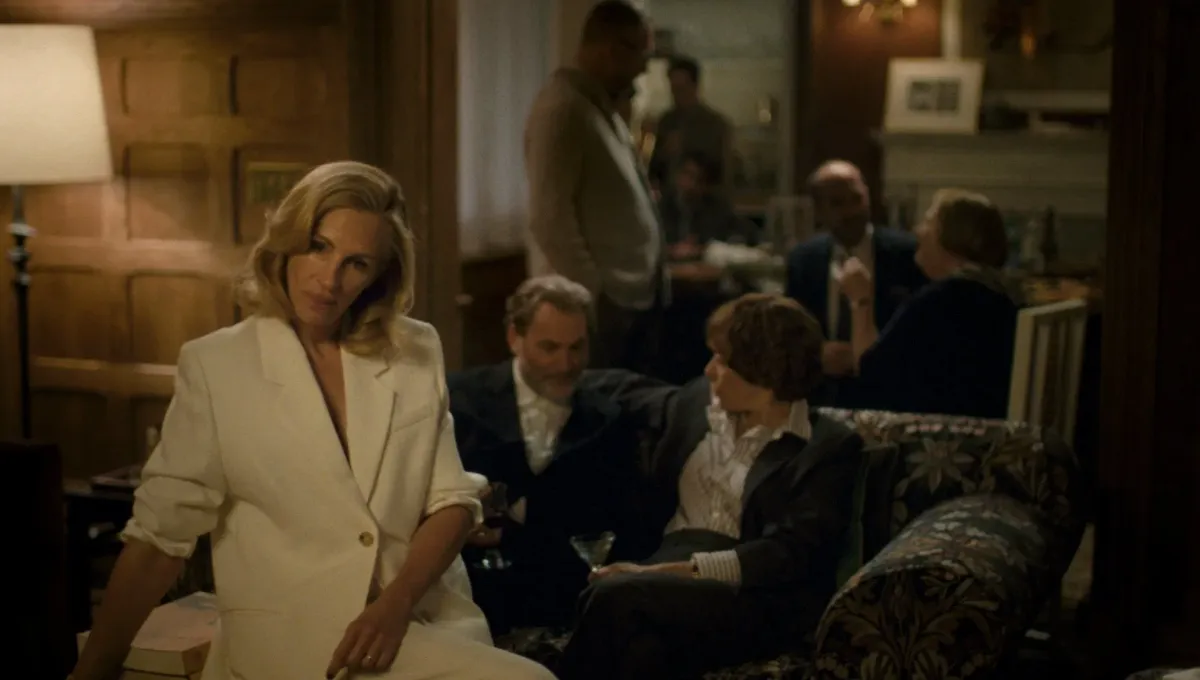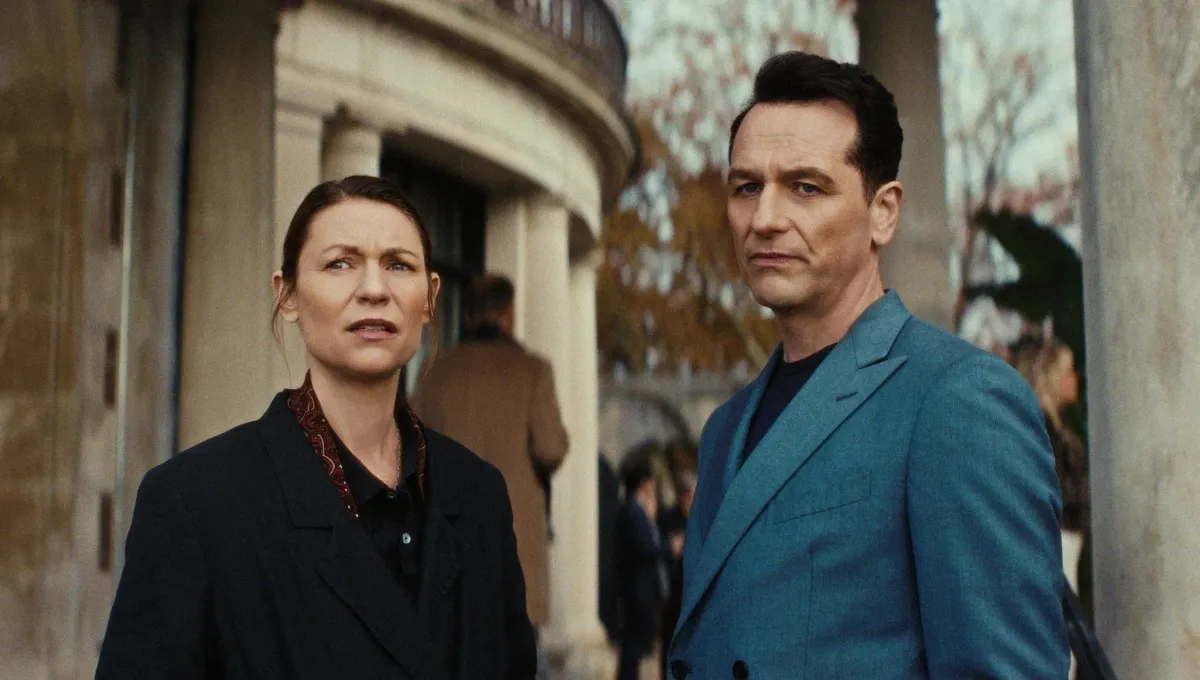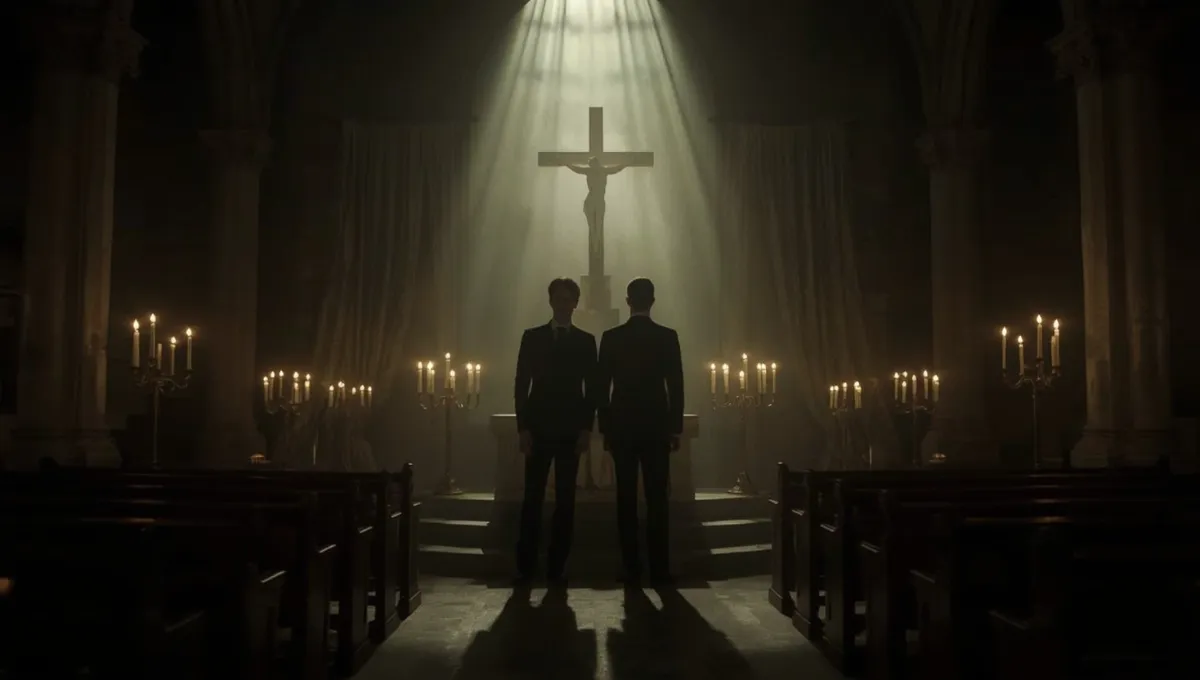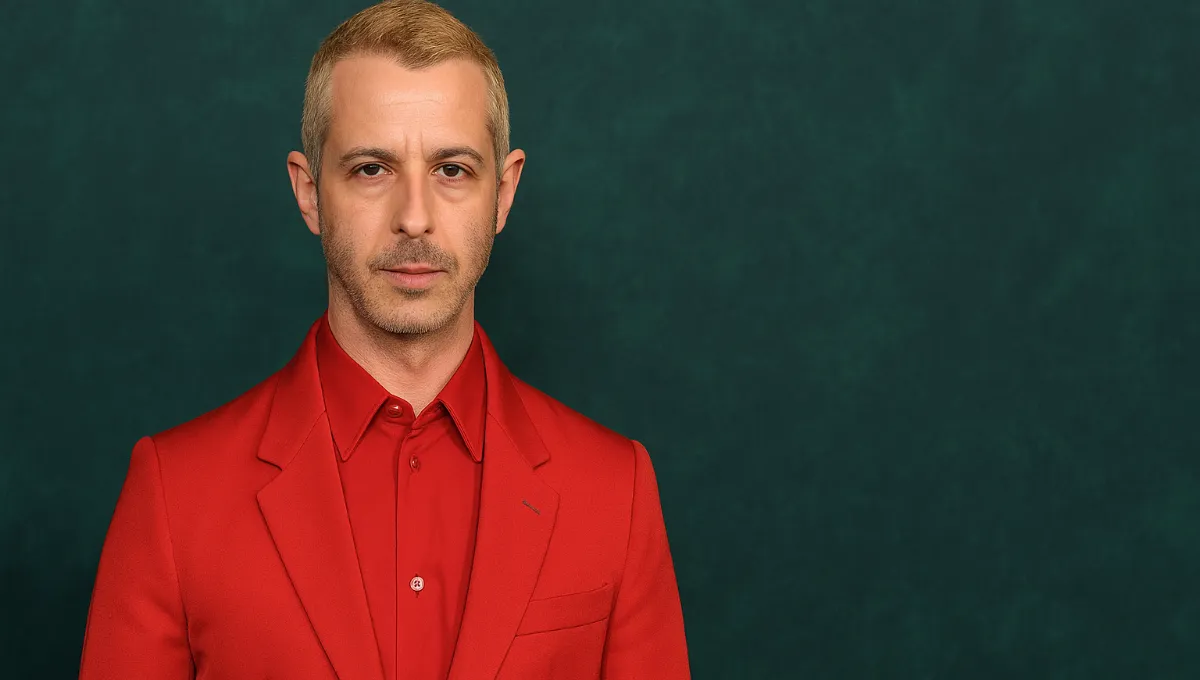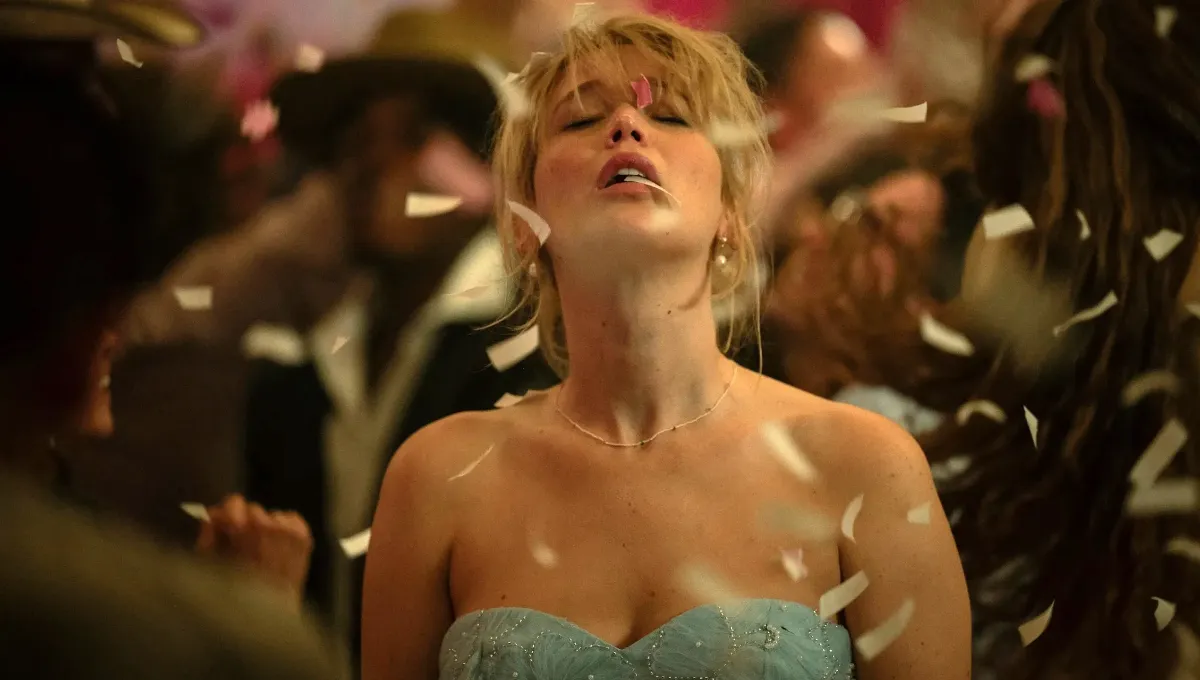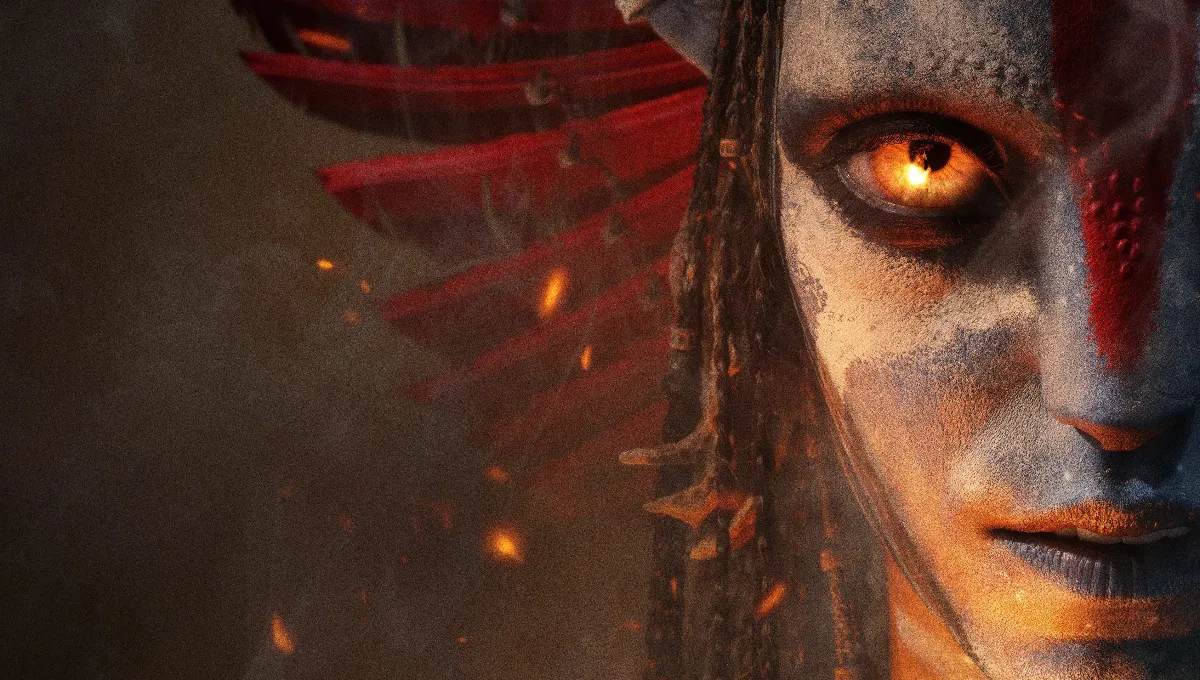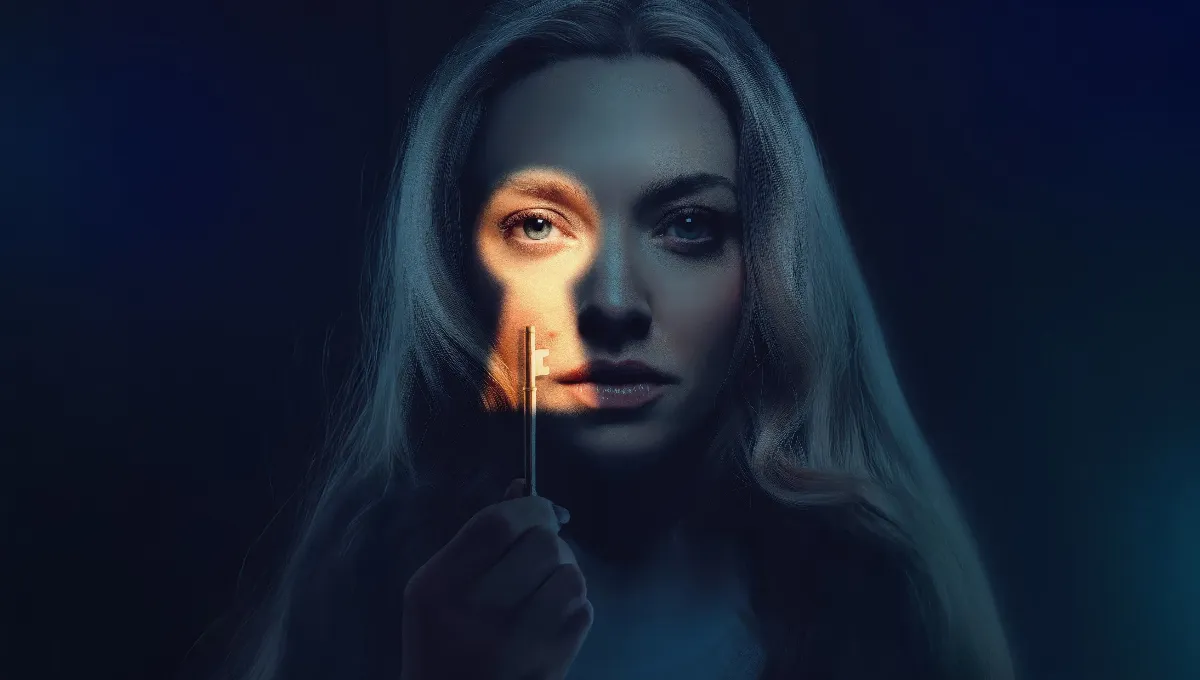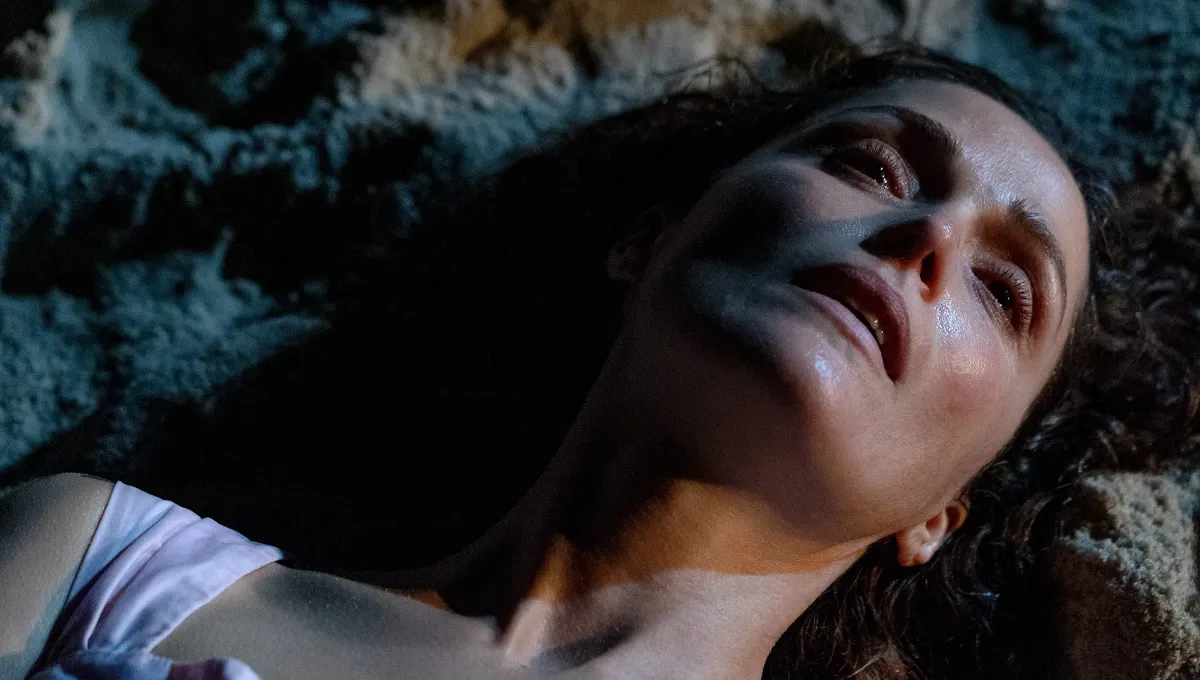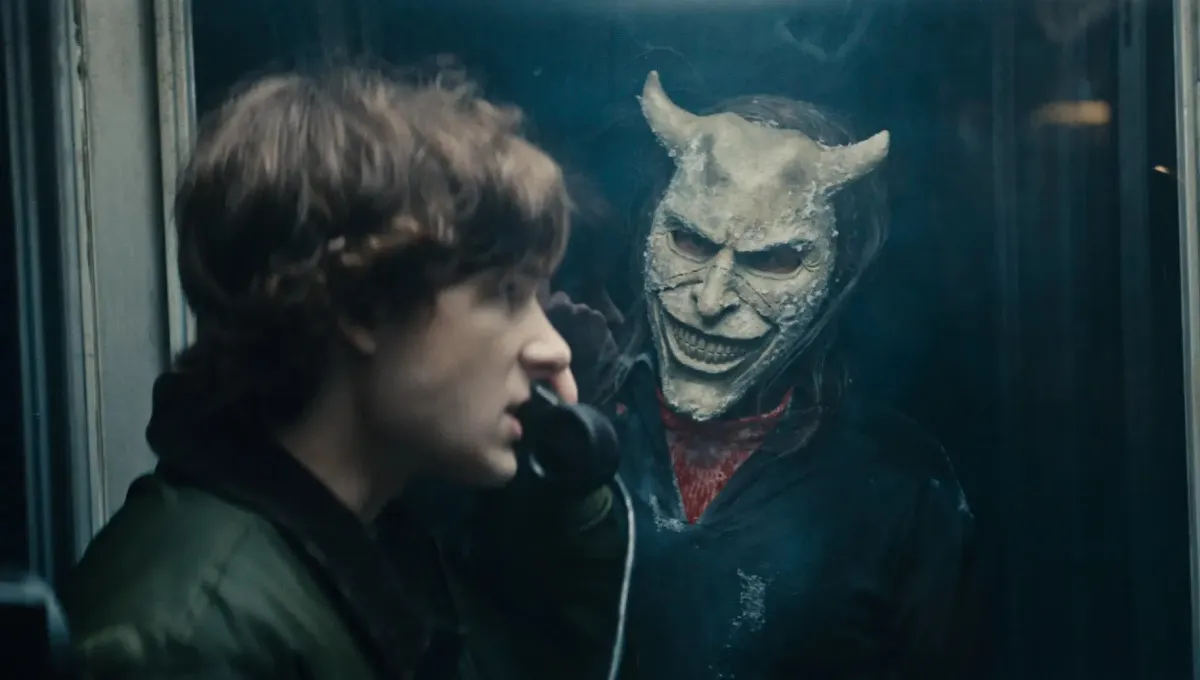In Bugonia (2025), the world of paranoia, delusion, and alien suspicion collides with the unmistakable weirdness of Yorgos Lanthimos. The Greek auteur behind Poor Things and The Favourite returns with another absurdist, darkly comic vision—one that blends sci-fi satire, psychological tension, and human madness into a film that is as funny as it is frightening.
Premiering at the Venice Film Festival before its U.S. release on October 24, 2025, Bugonia stars Emma Stone as a powerful corporate CEO abducted by two conspiracy-obsessed young men (Jesse Plemons and Aidan Delbis) who are convinced she’s not human. Their belief: she’s an alien sent to destroy Earth. What unfolds is a chilling, claustrophobic, and darkly hilarious journey into fear, obsession, and the limits of belief.
A modern myth born from madness
The word “bugonia” comes from an ancient myth that bees could be born from the carcass of a dead ox — life emerging from decay. Lanthimos uses that same haunting idea as a metaphor: destruction breeding renewal, insanity birthing truth.
Adapted from the 2003 Korean cult classic Save the Green Planet!, Bugonia reshapes the original’s wild energy into something more grounded but no less disturbing. Written by Will Tracy (The Menu, Succession), the script captures the comedy of obsession and the terror of conviction — two forces that define much of our modern world.
Lanthimos doesn’t just retell a story about kidnapping and delusion. He transforms it into an allegory about truth, power, and the human hunger for meaning, even when that meaning leads to ruin.
Emma Stone as Michelle Fuller — the face of fear and power
At the center of Bugonia stands Emma Stone as Michelle Fuller, a high-ranking tech and pharmaceutical CEO whose abduction sparks the film’s conflict. Her character radiates the calm, unflappable composure of someone used to controlling worlds — until that control is stripped away.
As her captors interrogate and torment her, Michelle becomes a mirror for society’s distrust of authority. Is she really an alien invader? Or simply a reflection of how far paranoia can distort the truth? Stone delivers one of her boldest performances yet — both emotionally raw and physically transformative. Her shaved-head scene, one of the film’s most shocking images, symbolizes a total stripping of identity and ego.
Lanthimos once again draws from his long creative bond with Stone, allowing her to embody contradiction: fragile yet indestructible, victim yet possible threat. Michelle’s every expression forces the audience to question not just her humanity, but their own willingness to believe or doubt.
Jesse Plemons as Teddy — the believer on the edge
Few actors can play quiet insanity like Jesse Plemons. As Teddy, one of the two young men convinced the world is being infiltrated, he brings a calm menace that makes Bugonia pulse with dread. Teddy isn’t a cartoon villain; he’s heartbreakingly human — an obsessive who wants to save the world but can’t save himself.
Plemons shapes Teddy as a man whose faith has rotted into fanaticism. His dialogue drips with conviction: “You’ll thank me when they’re gone.” His obsession with bees — caring for them, studying them, worshiping them — becomes a metaphor for the fragile ecosystem of human sanity.
Through him, Lanthimos explores the modern conspiracy mindset: the way loneliness, loss, and disillusionment breed stories that make the unbearable world feel ordered again. Teddy’s sincerity is what makes him terrifying. He believes.
Aidan Delbis as Don — the follower who can’t look away
As Don, Teddy’s younger and impressionable cousin, Aidan Delbis plays the film’s reluctant heart. Don is neither hero nor villain — he’s the ordinary person swept into another’s obsession. Where Teddy rants about aliens, Don hesitates, questioning, doubting, but never resisting enough to stop the madness.
His character’s slow unraveling provides the emotional undercurrent to Bugonia. Through Don’s eyes, the audience sees how manipulation masquerades as meaning, and how belief can spread like a virus. His loyalty is tragic — not blind, but addicted to belonging.
By the film’s midpoint, Don becomes the embodiment of moral paralysis: the person who knows something is wrong but does nothing, trapped between reason and devotion.
Alicia Silverstone as Sandy — the maternal shadow
In a surprising turn, Alicia Silverstone portrays Sandy, Teddy’s mother — a woman whose presence haunts the film like a ghost of unfinished guilt. Sandy’s flashbacks and fragmented phone calls reveal how generational fear passes down: how one family’s pain becomes another’s paranoia.
Silverstone gives Sandy a quiet warmth that contrasts sharply with Teddy’s cruelty, reminding viewers that even monsters are born from love gone wrong. Her scenes lend Bugonia its rare moments of tenderness, showing that behind every conspiracy lies a craving for care that was never given.
The rest of the hive: Casey, Corey, and the others
Supporting performances deepen the sense of reality unraveling. Stavros Halkias appears as Casey, a local sheriff who becomes entangled in the abduction case, representing the rational world’s futile attempt to impose order. Vanessa Eng, J. Carmen Galindez Barrera, Marc T. Lewis, and Cedric Dumornay fill the margins with small but vital human touches — voices of normalcy echoing against the growing insanity.
Every minor character feels like part of the hive — buzzing, observing, occasionally stinging. No one in Bugonia is fully sane, not even the bystanders. Lanthimos crafts an atmosphere where reason itself seems infected.
Between horror and absurdity
Bugonia thrives in contradiction. It’s funny in the way real fear sometimes is — laughter that comes from disbelief. Lanthimos uses deadpan humor not to relieve tension, but to tighten it. Each awkward pause, each absurd line, each sterile room adds another layer of unease.
The film’s pacing is deliberate, building dread through repetition and silence. The cinematography by Robbie Ryan locks the characters in a world of pale walls and oppressive lighting. Every shot feels like surveillance. The production design echoes The Killing of a Sacred Deer and Dogtooth, stripped to minimalist discomfort.
Even the score — composed by Jerskin Fendrix — hums like a swarm, a low, anxious buzz under every scene. The sound design itself becomes a character: claustrophobic, mechanical, alive.
A reflection of our conspiracy-driven world
At its core, Bugonia is not really about aliens. It’s about us. About how misinformation, isolation, and distrust can mutate into religion.
Lanthimos’s world is an exaggeration, but not by much. Teddy and Don’s bunker could be any online echo chamber; Michelle Fuller’s corporate power could be any misunderstood elite. The line between truth and fiction collapses until both become belief systems.
The film’s horror lies not in invasion but in conviction — the kind that blinds people to reason. It’s a commentary on how modern life rewards paranoia, how social media amplifies certainty, and how fear becomes a form of comfort.
The question isn’t whether Michelle is an alien. The question is: What if she’s not — and they still destroy her anyway?
Parallels and transformations
While Bugonia pays homage to Save the Green Planet!, it doesn’t imitate it. The Korean original was manic, anarchic, and brutal; Lanthimos’s version is cooler, slower, more surgical. He replaces chaos with control, giving the story an unnerving precision.
The gender switch — making the kidnapped CEO a woman — reframes the narrative around power, gender, and trust. Michelle Fuller’s body becomes the site of fear and domination, a canvas for the men’s delusions. Her defiance turns Bugonia into a quiet feminist allegory: a woman trapped in the male paranoia that tries to define her.
Where the original ended with explosive catharsis, Lanthimos ends in ambiguity. The final moments leave audiences questioning whether madness or enlightenment has won. The “truth” doesn’t matter — only the damage belief has done.
Visual language and cinematic rhythm
Lanthimos’s direction is once again immaculate in its strangeness. Each frame could be a painting of alienation. Wide-angle lenses distort perspective, making faces too close, eyes too big, rooms too small. The camera moves like a cautious observer — never intervening, always judging.
Color design alternates between clinical whites and earthy browns, the living and the dead, science and decay. Bees swarm across key moments — sometimes real, sometimes imagined — blurring nature with delusion.
Editing by Yorgos Mavropsaridis is tight but patient, stretching time to discomfort. Scenes linger longer than they should, forcing viewers to feel trapped alongside Michelle.
Every aesthetic choice amplifies the question: What do you believe when your world no longer makes sense?
Performances that sting and stay
Emma Stone anchors the film with raw physicality and emotional precision. Her ability to balance fragility with ferocity recalls her Oscar-winning work, but here it’s stripped of glamour. Michelle Fuller’s ordeal is both torture and rebirth.
Jesse Plemons delivers a terrifying calm — an everyman turned extremist, his face a map of quiet fury. His chemistry with Aidan Delbis gives the film its emotional tension: devotion curdling into despair.
Alicia Silverstone, Stavros Halkias, and the rest of the ensemble add layers of humanity, grounding the absurdity in familiar fears. Lanthimos’s trademark mix of comedy and cruelty depends on performers who can make horror feel ordinary, and everyone here understands that tone perfectly.
Themes of rebirth, rot, and reason
At its most poetic, Bugonia is a story about regeneration through destruction — the idea that something new must crawl from something ruined. The myth of bees born from a carcass becomes a parable for modern paranoia: belief born from the corpse of truth.
It’s also a meditation on identity and perception. Who we think the “alien” is says more about us than about them. Michelle Fuller’s tormentors believe they’re heroes. She believes she’s a victim. Both could be wrong.
This moral ambiguity is Lanthimos’s playground. He doesn’t moralize; he dissects. In Bugonia, everyone is guilty of seeing only what they want to see — and that’s what makes it terrifying.
Critical reception and legacy
Early festival reactions describe Bugonia as “a loopy dark comedy for the conspiracy age.” Critics praise its bold performances and haunting design, noting that it feels both absurd and prophetic.
Many point out how the film captures the spirit of our times — an era where everyone’s truth is personalized, and every delusion has followers. It’s less a sci-fi thriller than a mirror held to a paranoid society.
For Emma Stone, it’s another daring leap; for Jesse Plemons, perhaps a career-defining turn. For Yorgos Lanthimos, it’s confirmation that his cinema of discomfort has no limits.
Final thoughts: belief as a weapon
In the end, Bugonia leaves viewers shaken and amused, uncertain and enthralled. It’s a film about two men trying to save humanity by destroying it — and a woman fighting to keep her humanity intact.
Its humor cuts deep, its horror lingers, and its questions refuse to fade.
Because in Lanthimos’s world, aliens are not from space. They are us — the fearful, the faithful, the ones who can’t stop believing.

Grace Whitmore is a beauty and lifestyle editor at Nestification, exploring the intersection of modern femininity, quiet luxury, and emotional design. Her work focuses on how aesthetics, mindfulness, and self-expression shape today’s idea of calm confidence — where beauty becomes a state of mind.
Based in New York · [email protected]

